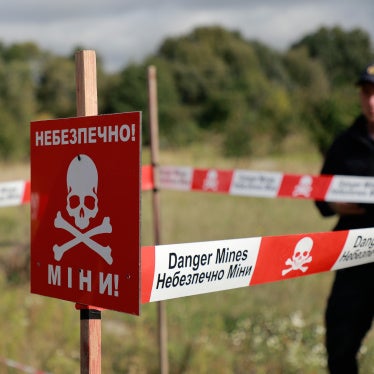The ban on cluster munitions contained in the Convention on Cluster Munitions was built on an evidence-based approach to assessing humanitarian harm. That was made abundantly clear in explosive ordnance expert Colin King’s presentation on Thursday. Such an approach has been completely missing in the CCW.
What evidence is there that the use of cluster munitions with no self-destruct devices for 12 or more years will not cause unacceptable harm? What evidence is there that the use of cluster munitions with self-destruct devices indefinitely will not cause unacceptable harm? There is a massive amount of field-based evidence to the contrary on both counts.
What evidence is there that the ban on use of cluster munitions produced before 1980 will have an immediate and significant impact? How many of those pre-1980 cluster munitions are obsolete and already slated for destruction? Probably the vast majority of them. The United States has since 2000 destroyed on average more than 9,400 tons of outdated cluster munitions each year. For its fiscal year 2012, more than one-quarter of the US conventional weapons destruction budget will go to cluster munitions.
How many and what types of pre-1980 cluster munitions are not slated for destruction, and will be covered by the protocol? How many and what types of post-1980 cluster munitions will still be available for use under the protocol? Nobody knows the answer to either question, because the “major users and producers” refuse to provide that information.
There are many crucial unanswered questions, and a shocking paucity of evidence. That is not a good basis for a credible international agreement, particularly when so many lives and limbs are at stake.








